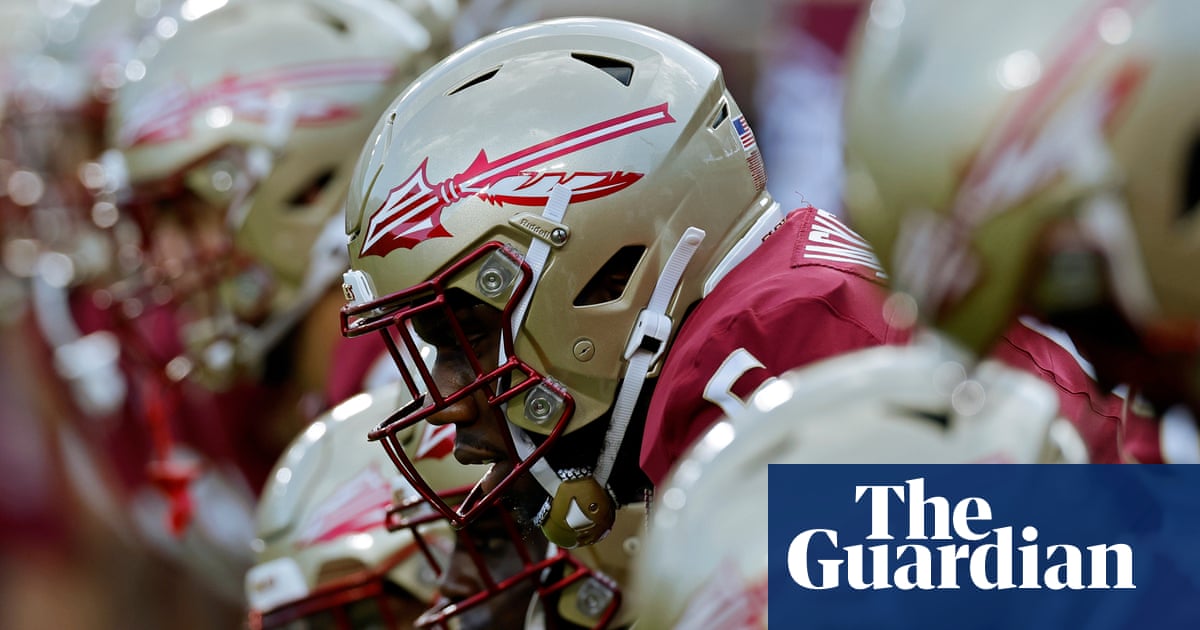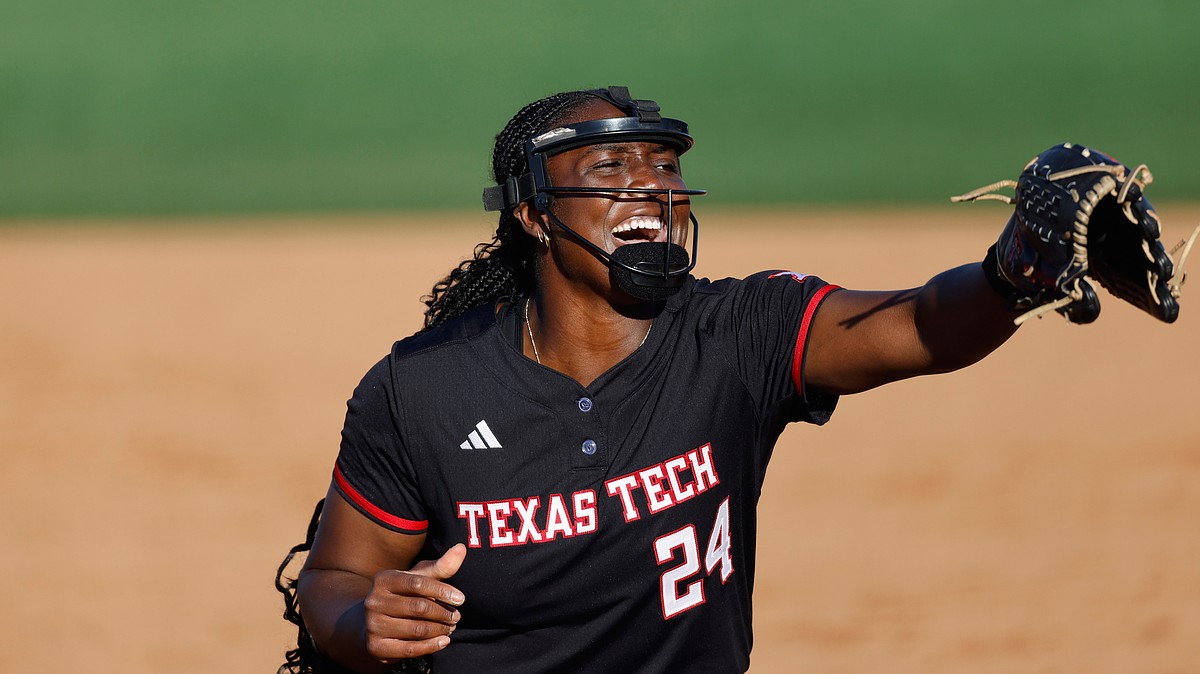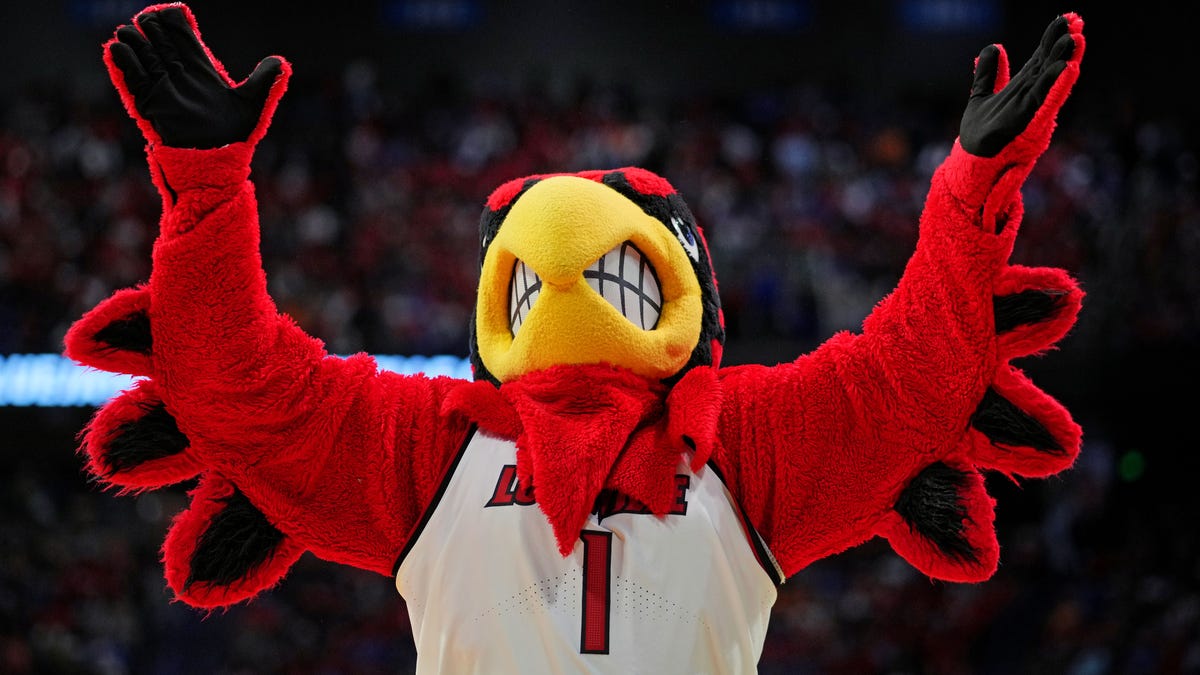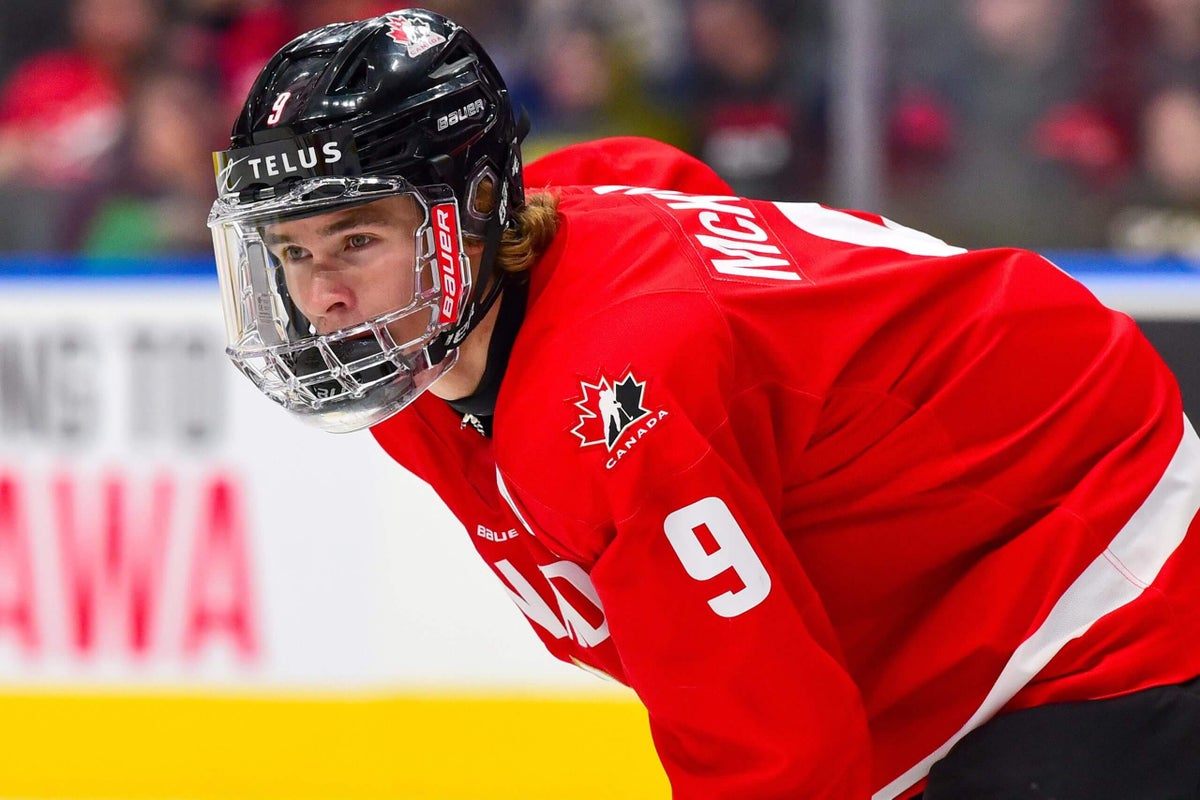Sign up for the daily newsletter, Jay’s Plays of the Day, to get sports betting recommendations for the top games of the night and the week ahead.
Political ripples in sports
We have made a commitment to divide the political from the sporting/pop culture stuff that has become the hallmark of the 5-at-10.
But we did dip a sporting toe into a political issue Tuesday in discussing the few sentences in the 940 pages of President Trump’s Big Beautiful Bill that could greatly impact the legalized sports betting world.
Earlier this week, sporting news was made when Bryan Reynolds announced he will exercise his no-trade clause to the Mets, the Yankees, the Blue Jays, the Giants, the Dodgers or Padres — all postseason contenders — because of the political climates in those cities, states and countries.
This morning, The Athletic shared a detailed story explaining the political issues for the Buffalo Bills heading into the NFL season with the strained relations between the U.S. and Canada.
With slowing traffic across the border with our neighbors to the north, you have to wonder how many of the 8,000-plus Bills season ticket holders who live in Canada will continue to be patrons.
Yes, the Bills Mafia is undyingly loyal.
And yes, the Bills are one of the three or five true Super Bowl contenders.
But when 21% of a nation’s population lives within an NFL team’s home territory — like Canada’s does around Buffalo — the ripples are real.
Media daze
The annual cavalcade of coaches and star players head to major hotel ballrooms to meet with story-hungry media pros looking for a few juicy headlines.
Rarely does that deliver anything worth much once preseason practices start next month.
We had a rare moment of honesty from the Big 12 event from UCF Coach Scott Frost.
Frost, a Heisman winner at Nebraska, was at UCF eight years ago and had the Golden Knights rolling.
He left after an undefeated regular season in 2017 and returned to his alma mater try and redirect the once-elite Cornhuskers program.
It did not go well, and Frost was fired after four-plus seasons and a 16-31 record.
He’s back at UCF for a second tour.
“I didn’t want to leave UCF,” he told The Athletic. “I always said I would never leave unless it was some place you could go and potentially win a national championship. I got tugged in a direction to go try to help my alma mater, and I didn’t really want to do it. It wasn’t a good move. I’m lucky to get back to a place where I was a lot happier.”
He continued with, “Don’t take the wrong job, that’s what I learned. Make sure you’re working for and around good people.”
Man, Frost’s next trip back for homecoming in Lincoln will be, shall we say, frosty.
A new superpower
Texas Tech is becoming a microwaved recruiting power — across multiple sports — in the current NIL model.
They turned their softball program by making NiJaree Canady the first seven-figure softball player in the NIL world.
(Side note: Canady agreed to another big-dollar deal to become the brand ambassador with Venmo’s new deal with the Big 12 as a whole. Man, when a softball star is the face of the league for a product like Venmo, well, you know she has juice.)
Texas Tech has a couple of billionaire oil alums named Cody Campbell and John Sellers, and they are funding the NIL collectives of their former school.
It paid more dividends over the weekend as it was announced that five-star OT and top-10 national recruit Felix Ojo inked a three-year NIL deal worth between $2.3 and $5.1 million, depending on reports.
Ojo, the top prep player in Texas, picked the Red Raiders over Texas and THE Ohio State.
Welcome to the free-agentization of the recruiting process. Sure, we’re used to it in team sports. Heck, we’re even used to it in the current renditions of the portal.
But now it’s an open market for these kids coming out of high school, and at least by the sounds of it, Texas Tech got a long-term deal from this prized recruit. (Until he pulls a Nico Iamaleava, that is.)
Which truly means there will be a changing dynamic within these programs moving forward.
With finite numbers of resources — even Texas oil and limitless alums at places like THE OSU, Oregon and others — scouting becomes paramount, because committing 10-plus-% of your up-to $20.5 million revenue share kitty could be program derailing and a coaching contract deal-breaker.
Thoughts?
This and that
› The Braves played. The Braves got smoked. And in truth, they are committing MLB malpractice by continuing to run 20-year-old Didier Fuentes out to the mound. He got three outs — against the 38-55 A’s, mind you — and allowed three homers in his eight earned runs.
› We mentioned the EA Sports College Football game that drops Thursday in Tuesday morning’s conversation. This year’s game has an added degree of difficulty playing on the road, and here are the top-25 hardest places to play according to the game designers. LSU’s Tiger Stadium is 1, as it should be — especially after dark.
› UT football recruiting keeps rolling. Here’s more from Paschall, who notes the Fightin’ Heupels now have a five-star QB, a five-star OT and two of the top-five LBs in the country.
› The WNBA All-Star teams were announced. Here are the rosters and starters after captains Caitlin Clark and Napheesa Collier picked the squads. One, book me on a Paige Bueckers prop to be MVP at plus-2300. Two, Rhyne Howard — the former Bradley Central star and the featured speaker at the Best of Preps last month — is a Team Collier reserve. Three, great decision to have Angel Reese and Clark on opposite sides.
Today’s questions
› Which Way Wednesday starts here: Which of the “toughest places to play” list by EA Sports College Football is the most-misplaced?
› Which of those top-25 places have you watched a game? I’ve been to 11 of the 25.
› Which non-traditional power has the chance to make the biggest college football jump with the NIL possibilities out there?
Answer some WWWs, ask some WWWs.
As for today, July 9, let’s review:
› “Barbie” premiered on this day in 2023. Spy hearts Barbie.
› “Donkey Kong” was released on this day in Japan in 1981. It swallowed many of a young 5-at-10’s quarters back in the day.
› Tom Hanks is 69 today. I feel certain we’ve done his Rushmore.
› O.J. was born on this day in 1947.
› Fred Savage is 49 today. Yes, that made me feel wicked old.
› Rushmore of preteen lead TV characters in the modern era, because I think Savage’s turn as Kevin Arnold in “Wonder Years” has to be there.
Go, and remember the mailbag.

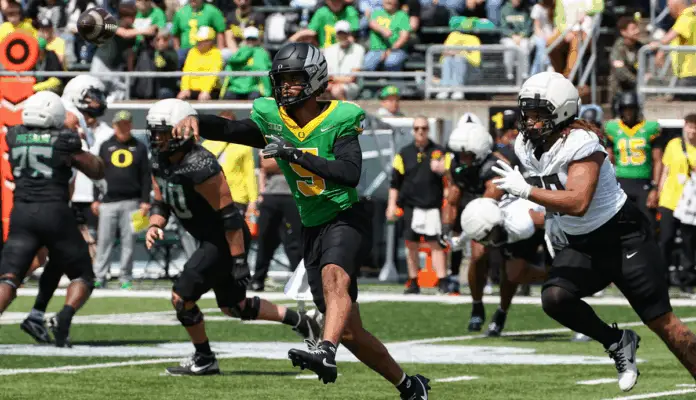
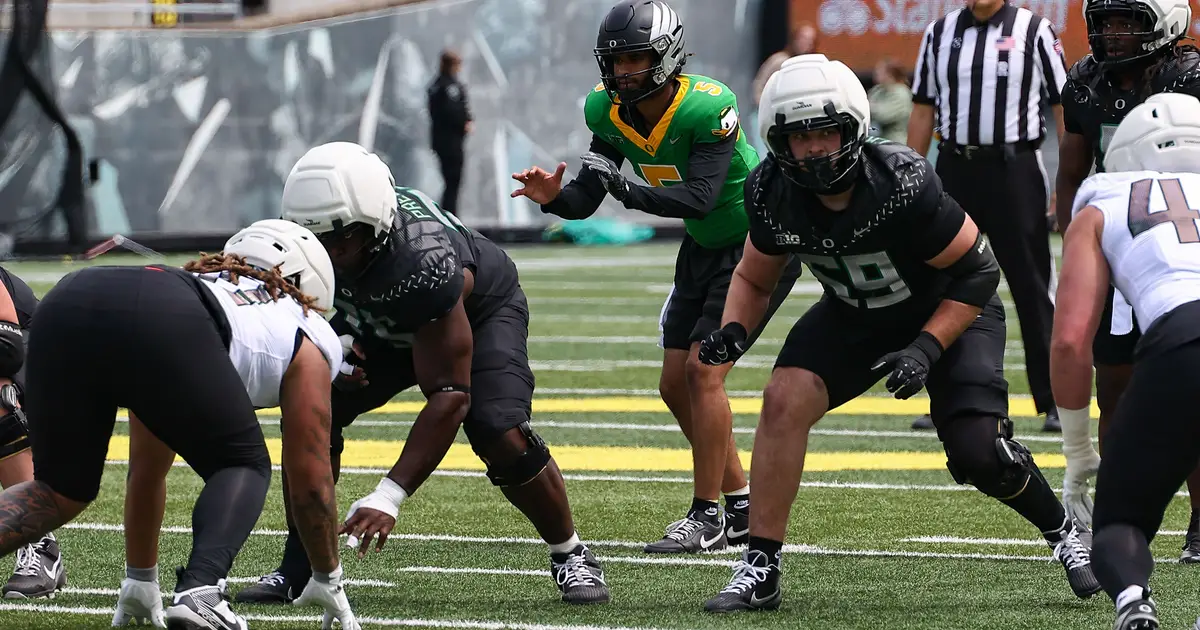
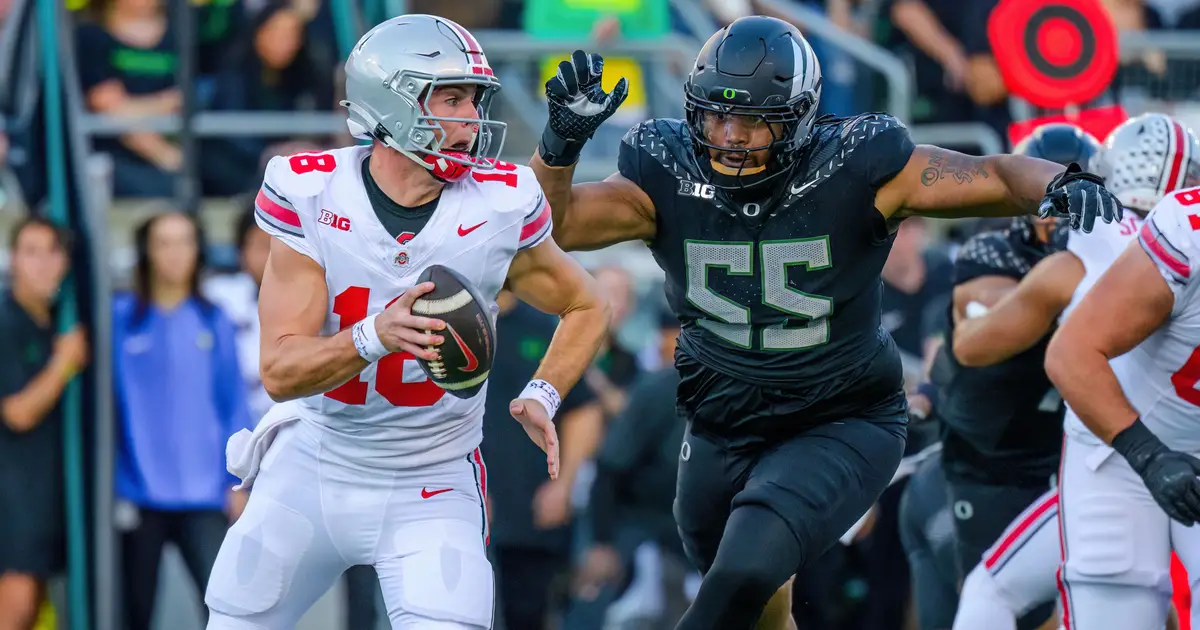
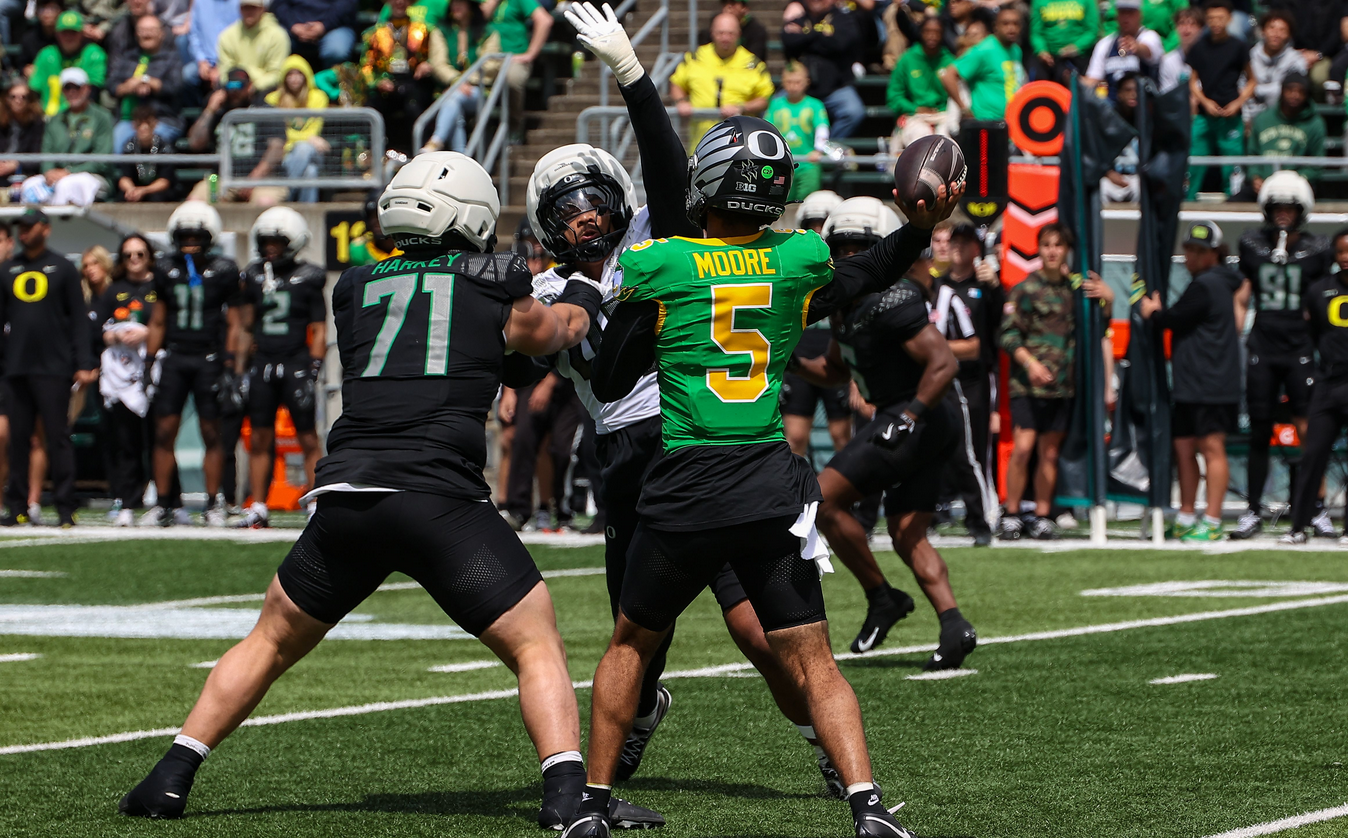
 Andrew Mueller, the FishDuck.com Volunteer Editor for this article, works in higher education in Chicago, Illinois.
Andrew Mueller, the FishDuck.com Volunteer Editor for this article, works in higher education in Chicago, Illinois.



